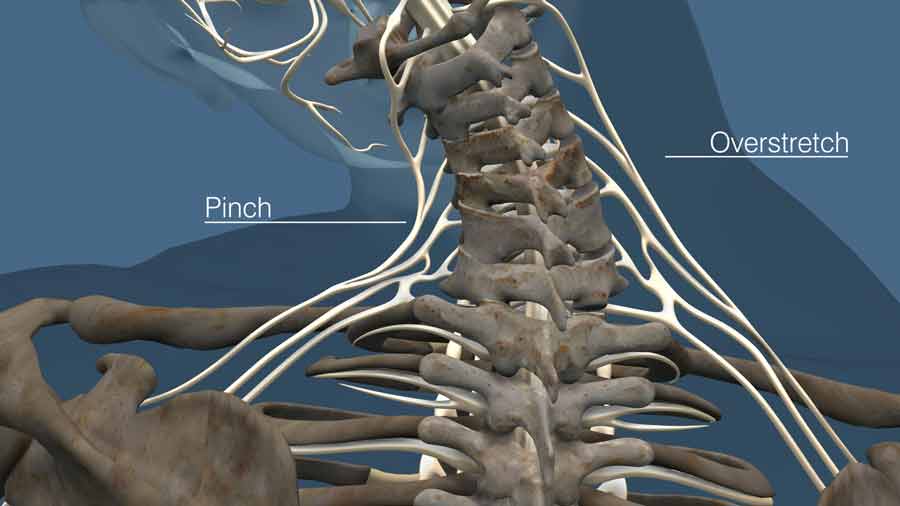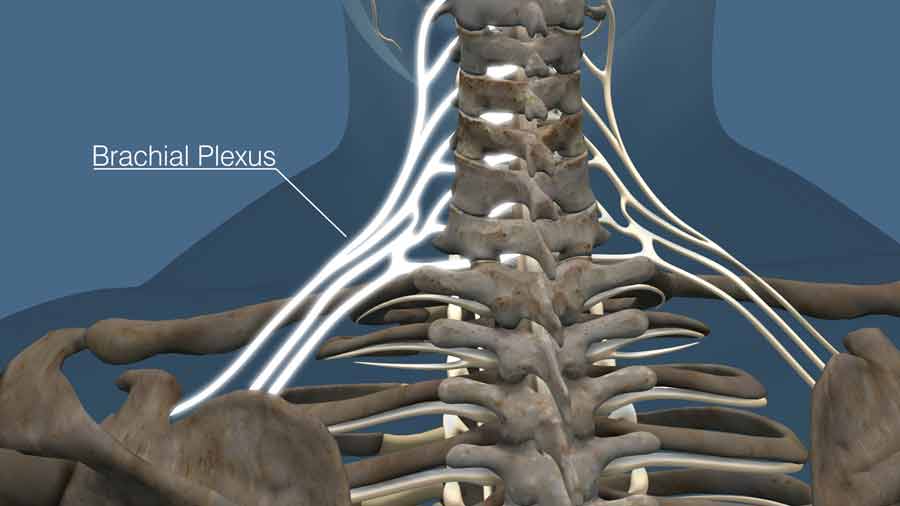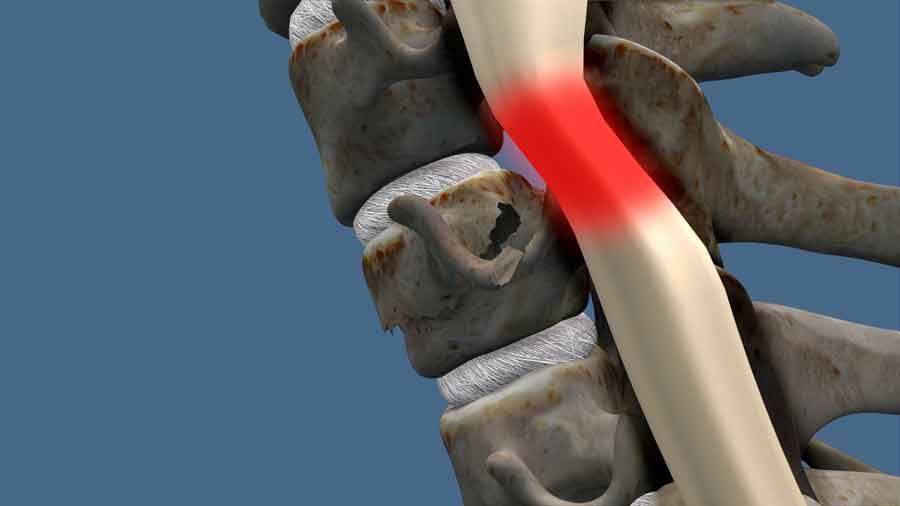Cervical Injuries in American Football
In this video/blog, we’ll be taking a look at cervical injuries in American football players.
While most injuries are related to pulling and stretching of the muscles, tendons, and ligaments of the neck, there are more significant injuries besides these sprains and strains.
The most common cause of cervical injury for American football athletes are burners and stingers, which occur when nerves from the neck into the shoulder are injured upon impact. These injuries are appropriately named after the characteristic stinging or burning pain that radiates down the shoulder. Fortunately, most cases of burners and stingers are temporary.
Nerves are the link between your brain and your muscles. There is a network of nerves traveling through the shoulder and into the arm called the brachial plexus. These nerves originate out of the spinal canal at the neck.

A direct blow to the lateral shoulder pad that forces the shoulder into a depressed position and the neck in the opposite direction results in a hyperextension of the neck. This overstretching pinches the nerves in the brachial plexus and causes a downstream on the arm. With time, rest, and gentle stretching, most of these injuries recover.

A more serious cervical injury is a cervical fracture, most commonly referred to as a broken neck. But even with a broken neck, most players make full recovery as long as the nerves are not permanently affected.

In the more common scenario, the patient has a broken neck bone, but an intact spinal cord. The vertebral fracture and associated dislocation can be treated with or without surgery depending on the severity of the injury.
In the more serious scenario, the patient has a broken neck, and an incomplete or partial spinal cord injury. The chance of recovery is dependent on two factors: the site of injury and the severity of the damage to the spinal cord. For example, central cord syndrome — in which the central region of the spinal cord is damaged due to a hyperextension injury — is characterized by weakness in the arms. It has a good prognosis with many patients regaining arm strength, with good improvement in the first six weeks.
In the most significant scenario, the patient has a broken neck and a complete spinal cord injury. If the damage is severe, the patient will be completely paralyzed below the neck. The C4-C5 is the level where the nerves regulate the muscle contraction and relaxation of the diaphragm, the main muscle involved in breathing. An injury at or above the level of C4 will impact the patient’s breathing. This is unfortunately, a life threatening condition.
That being said, most cervical fractures without significant instability can be treated without surgery, and can be placed in a hard collar immobilization for a period of 6 to 12 weeks. Fusion surgery is recommended for unstable fractures and players are generally allowed to return to play if there is no pain, full range of motion, normal muscle strength, complete fusion on imaging, and a normal neurological exam.
In the last video, we took a look at sports related injuries in children and young adolescents with young teenagers most at risk for suffering cervical injuries. If you’d like to watch it, please click on the title card at the end of the video or click on the link in the description box below.
Deciding how and when athletes are allowed to return to play is highly dependent on the recommendation of the surgeon and pattern of injury. Because American football athletes are at high risk for cervical spine injury and re-injury, the recovery process and evaluation are important in determining whether players are fit to return to play without risk of serious., permanent injury. There is no one-size-fits all strategy when it comes to deciding when players are fit to return to play. Injuries are highly individual and return to play decisions need to be assessed on a case-by-case basis.
Conclusion
Football is America’s most popular sport, but has associated risks. Football athletes must be provided the proper treatment and care to promote recovery and minimize their risk of re-injury before returning to the field. Until next time, this is Dr. Shim.
Last modified: July 22, 2021









